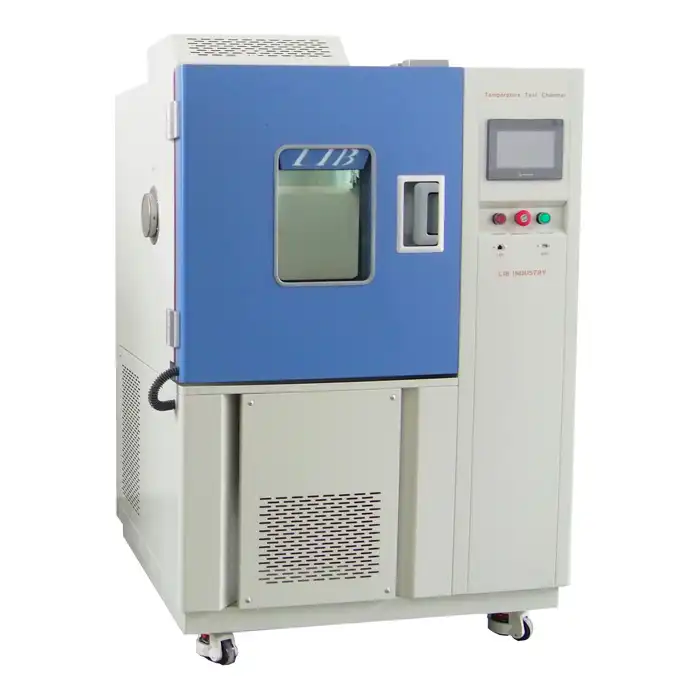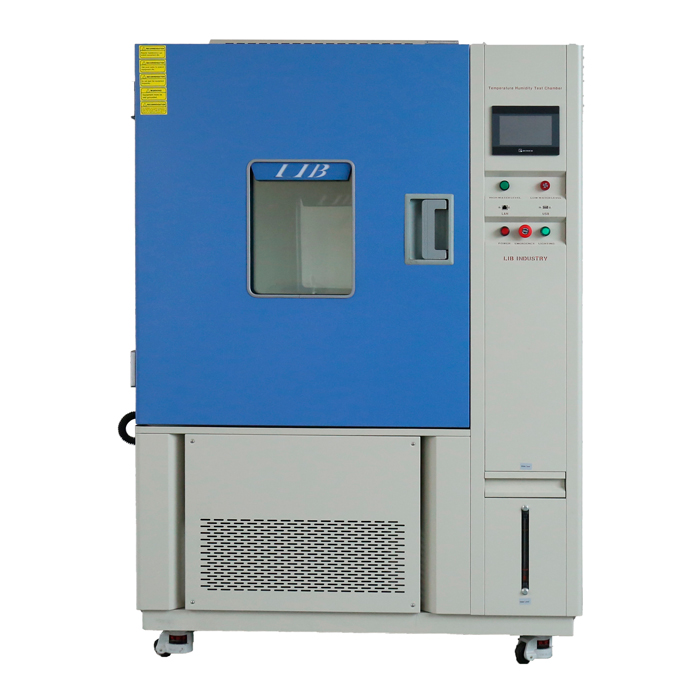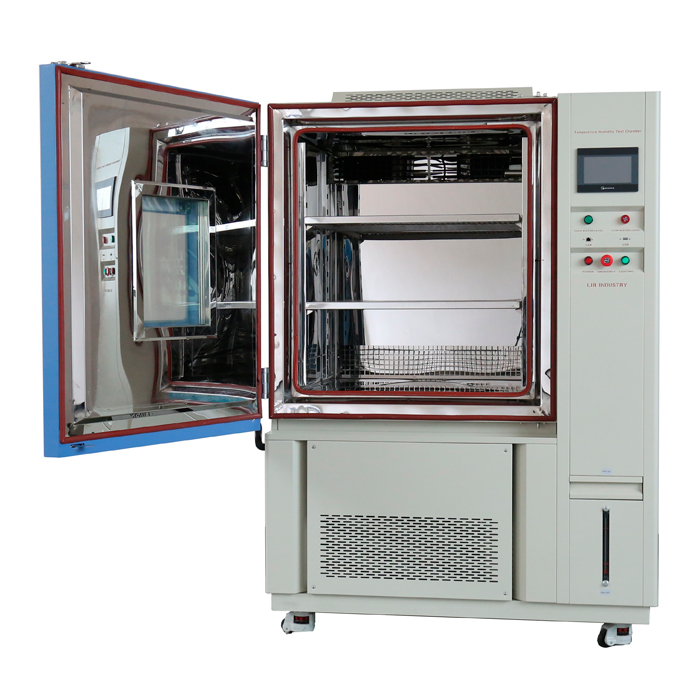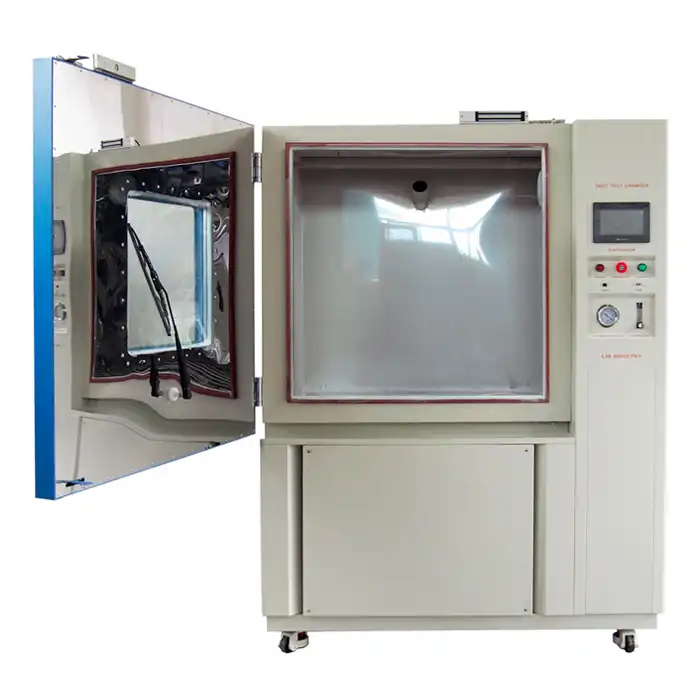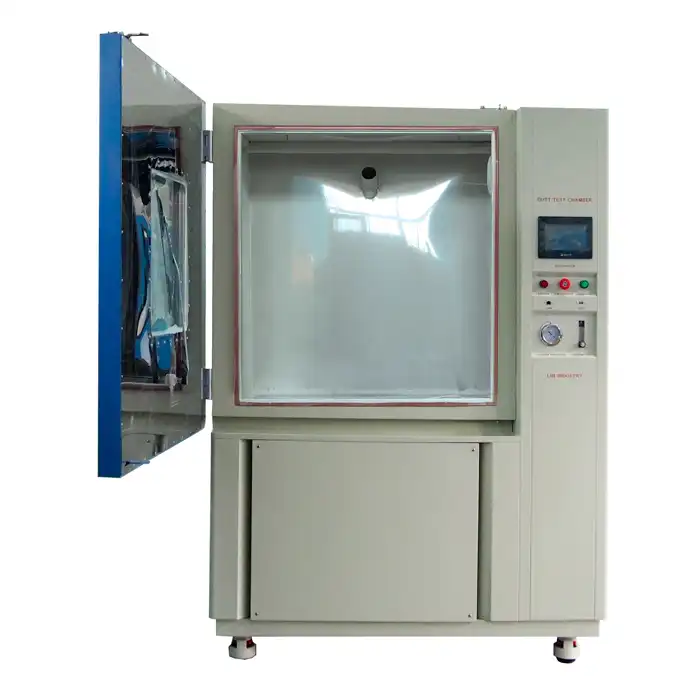What standards are used for dust ingress testing?
In the field of environmental testing, dust ingress testing using a dust ingress test chamber plays a vital role in evaluating a product's ability to resist particle penetration. This comprehensive guide delves into the standards governing dust ingress testing, shedding light on the intricacies of this essential process. Whether you're a manufacturer, engineer, or quality assurance professional, understanding these standards is paramount for ensuring product reliability and compliance.
Introduction to Dust Ingress Testing
The Importance of Dust Protection
Dust ingress can significantly impact the performance and longevity of various products, from electronic devices to industrial machinery. Protecting against dust infiltration is essential for maintaining optimal functionality and preventing premature wear or failure. Dust ingress testing helps manufacturers assess and improve their products' ability to withstand particulate contamination, ultimately enhancing their durability and reliability.
The Role of Standardization in Testing
Standardization in dust ingress testing ensures consistency and comparability across different industries and regions. By adhering to established standards, manufacturers can demonstrate their products' compliance with regulatory requirements and industry expectations. These standards provide a common language and methodology for evaluating dust protection, facilitating clear communication between manufacturers, testing laboratories, and end-users.
Overview of Dust Ingress Test Chambers
Dust ingress test chambers are specialized equipment designed to simulate dusty environments and evaluate a product's resistance to particulate infiltration. These chambers create controlled conditions for exposing test specimens to various types and concentrations of dust particles. By utilizing dust ingress test chambers, manufacturers can accurately assess their products' performance and make informed decisions about design improvements and protective measures.
Key Standards for Dust Ingress Testing
IP Code (IEC 60529)
The International Electrotechnical Commission (IEC) 60529 standard, more commonly known as the IP (Ingress Protection) Code, is the globally recognized benchmark for assessing the degree of protection offered by the enclosures of electrical equipment against dust and moisture. The IP Code provides a detailed classification system where the first digit of the rating specifically relates to dust protection. Ratings range from IP5X, indicating that the enclosure is dust-protected, to IP6X, meaning it is dust-tight. Products undergoing this testing are placed in dust ingress test chambers that simulate real-world dust exposure, ensuring that they can perform reliably even in dust-laden environments. Compliance with the IP Code is essential for manufacturers seeking to market their products internationally, as it demonstrates adherence to stringent protection standards.
MIL-STD-810
MIL-STD-810 is a comprehensive standard developed by the United States Department of Defense to assess the environmental performance of military equipment. Among the various environmental test methods, it covers, dust ingress testing is a critical component. This standard outlines precise procedures for simulating dust exposure, including specifications for the composition of dust, concentration levels, and test durations. Products that meet MIL-STD-810 requirements are proven to withstand extreme conditions, making this standard vital for military applications as well as civilian products designed for rugged environments. Dust ingress chambers tailored to MIL-STD-810 are equipped to handle the rigorous testing protocols required, ensuring that products are durable and reliable under harsh conditions.
ASTM D1739
ASTM D1739, a standard developed by the American Society for Testing and Materials (ASTM), is primarily focused on the collection and measurement of dust fall rather than direct dust ingress. However, it plays a complementary role in dust ingress testing by providing guidelines for analyzing dust composition and particle size. Understanding the characteristics of the dust used in testing is crucial for creating realistic and representative test conditions. By integrating ASTM D1739 with dust ingress testing procedures, manufacturers can ensure that the dust utilized in tests accurately reflects the environments their products will encounter, leading to more reliable and meaningful results.
Specialized Standards for Specific Industries
Automotive: SAE J575
The Society of Automotive Engineers (SAE) J575 standard addresses environmental testing for automotive electrical equipment. This standard includes provisions for dust ingress testing, specifically tailored to the automotive industry's requirements. Dust ingress test chambers conforming to SAE J575 specifications enable manufacturers to evaluate the dust resistance of vehicle components, ensuring their reliability in diverse driving conditions.
Electronics: IEC 60068-2-68
IEC 60068-2-68 is a specialized standard focusing on environmental testing of electronic and electrical products. This standard provides detailed procedures for dust and sand testing, including guidelines for dust composition, test duration, and evaluation criteria. Dust ingress test chambers designed to meet IEC 60068-2-68 requirements offer precise control over test parameters, allowing for accurate assessment of electronic devices' dust resistance.
Medical Devices: ISO 20324
The International Organization for Standardization (ISO) 20324 standard addresses dust protection for medical devices. This standard outline specific requirements for dust ingress testing of medical equipment, ensuring patient safety and device reliability. Dust ingress test chambers compliant with ISO 20324 enable manufacturers to validate the dust resistance of medical devices, meeting stringent regulatory requirements in the healthcare industry.
Conclusion
In conclusion, dust ingress testing stands as a critical process in ensuring product reliability and performance in dusty environments. The standards governing this field provide a robust framework for evaluating dust protection across various industries. As technology evolves, so too do the capabilities of dust ingress test chambers, offering increasingly precise and insightful testing methodologies. By staying abreast of these standards and leveraging advanced testing equipment, manufacturers can develop products that excel in even the most challenging dusty conditions.
For more information about our state-of-the-art Dust Ingress Test Chambers and comprehensive environmental testing solutions, please contact us at info@libtestchamber.com. Our team of experts is ready to assist you in selecting the ideal testing equipment for your specific needs and ensuring compliance with the latest industry standards.
References
1. International Electrotechnical Commission. (2013). IEC 60529:2013 Degrees of protection provided by enclosures (IP Code).
2. Department of Defense. (2019). MIL-STD-810H: Environmental Engineering Considerations and Laboratory Tests.
3. ASTM International. (2017). ASTM D1739-98: Standard Test Method for Collection and Measurement of Dustfall (Settleable Particulate Matter).
4. Society of Automotive Engineers. (2018). SAE J575: Test Methods and Equipment for Lighting Devices and Components for Use on Vehicles Less Than 2032 mm in Overall Width.
5. International Electrotechnical Commission. (2018). IEC 60068-2-68:2018 Environmental testing - Part 2-68: Tests - Test L: Dust and sand.
6. International Organization for Standardization. (2018). ISO 20324:2018 Respiratory protective devices - Particle filters - Requirements, testing, marking.



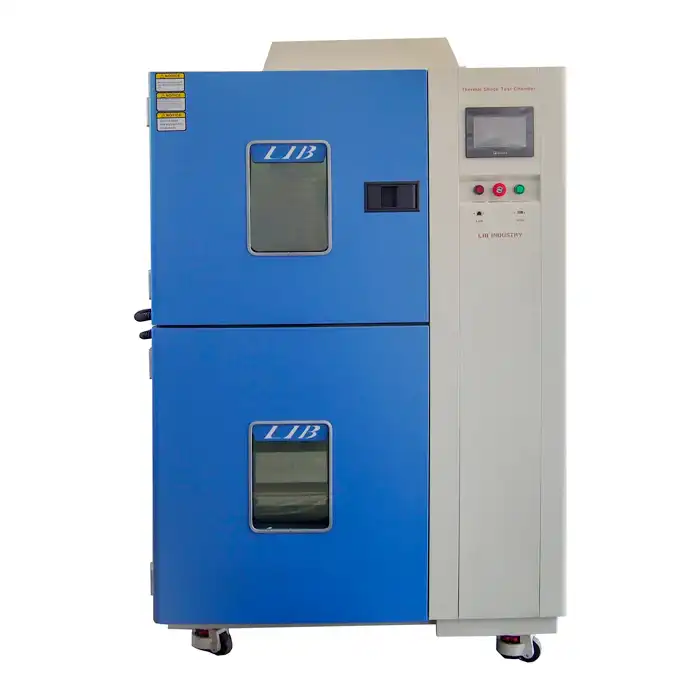
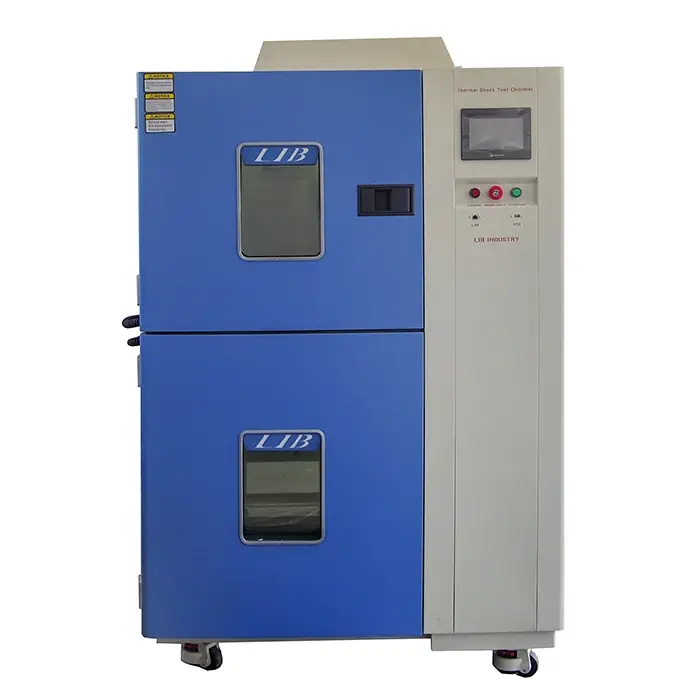
.webp)
